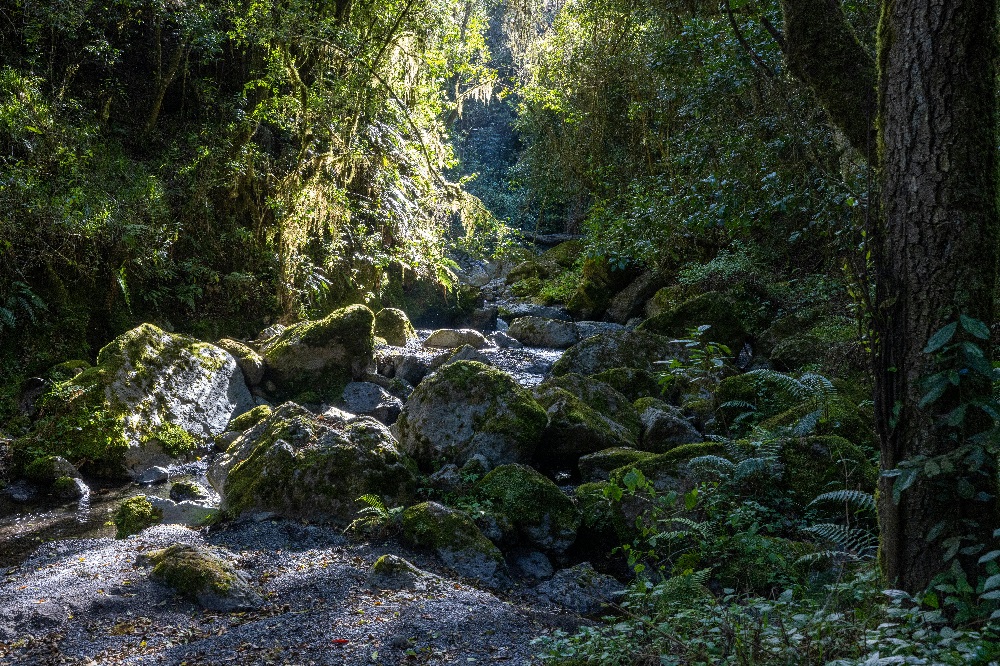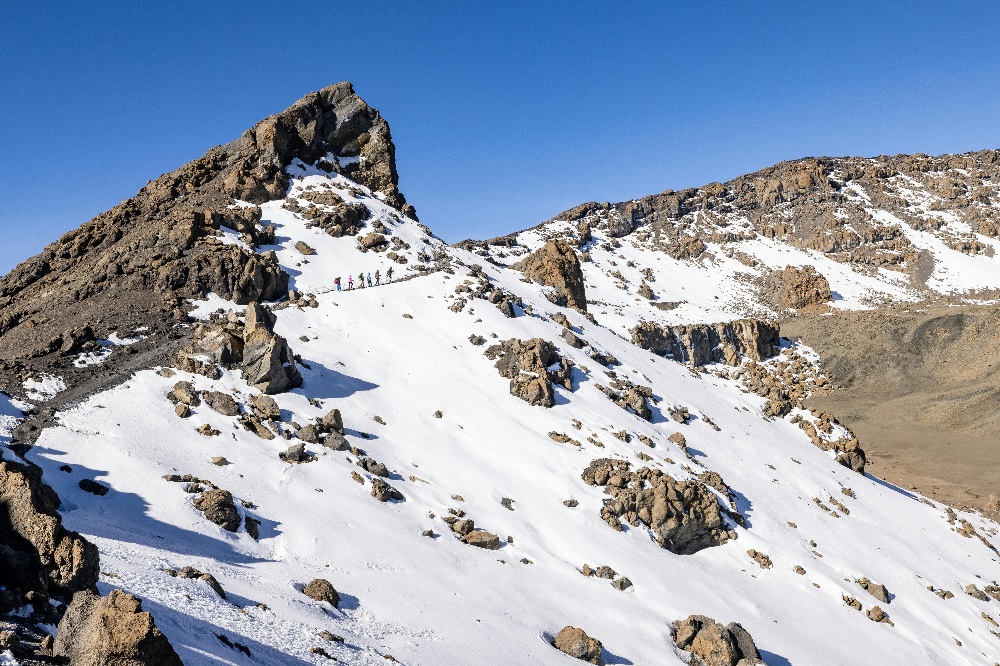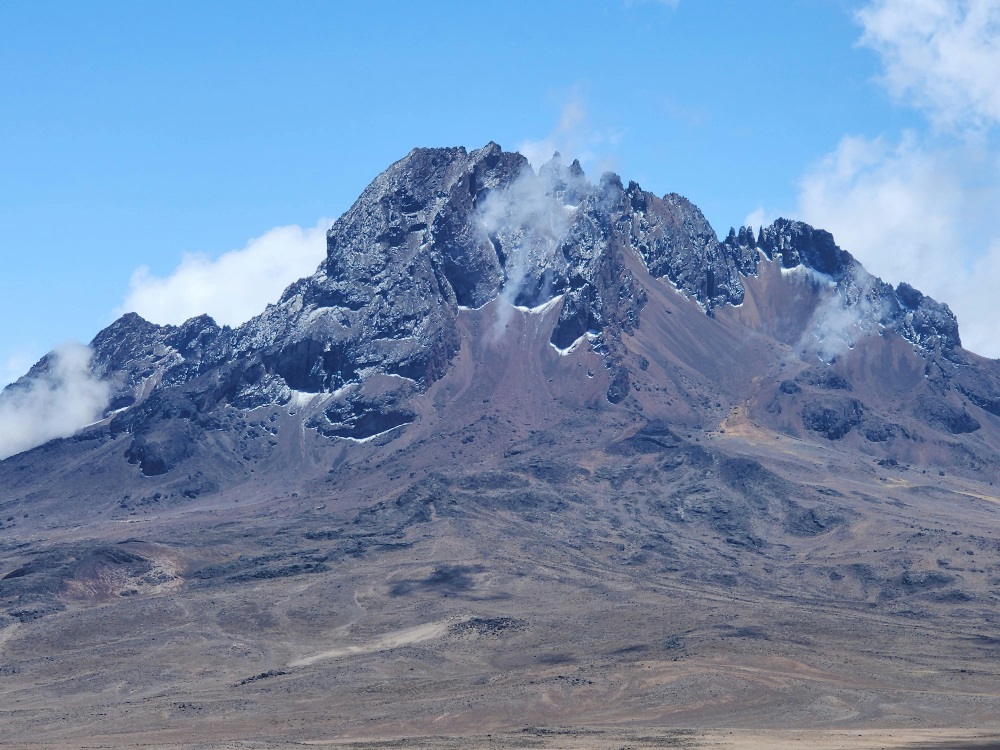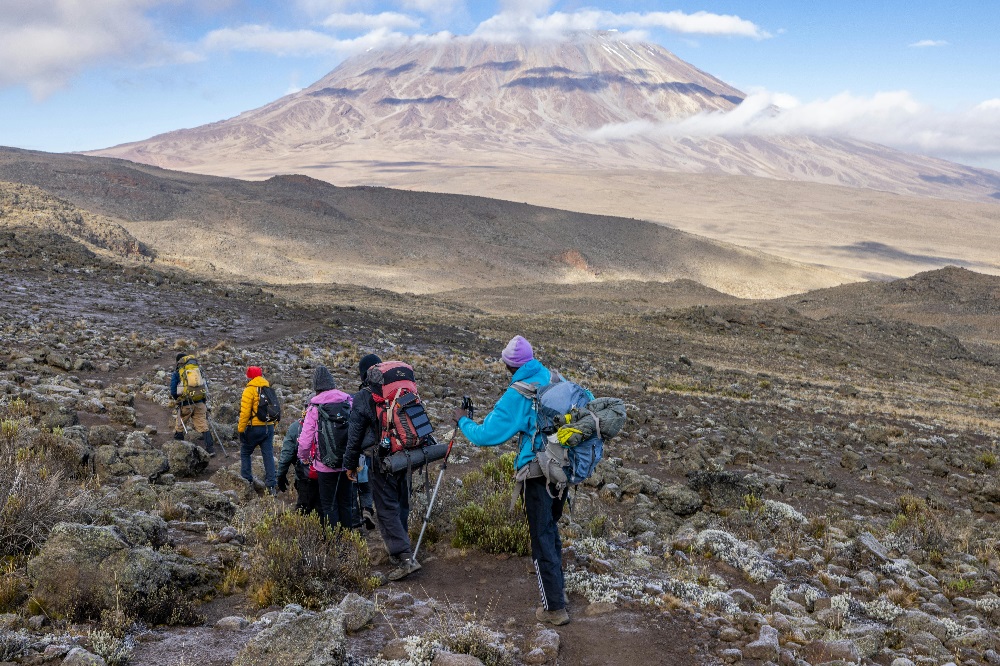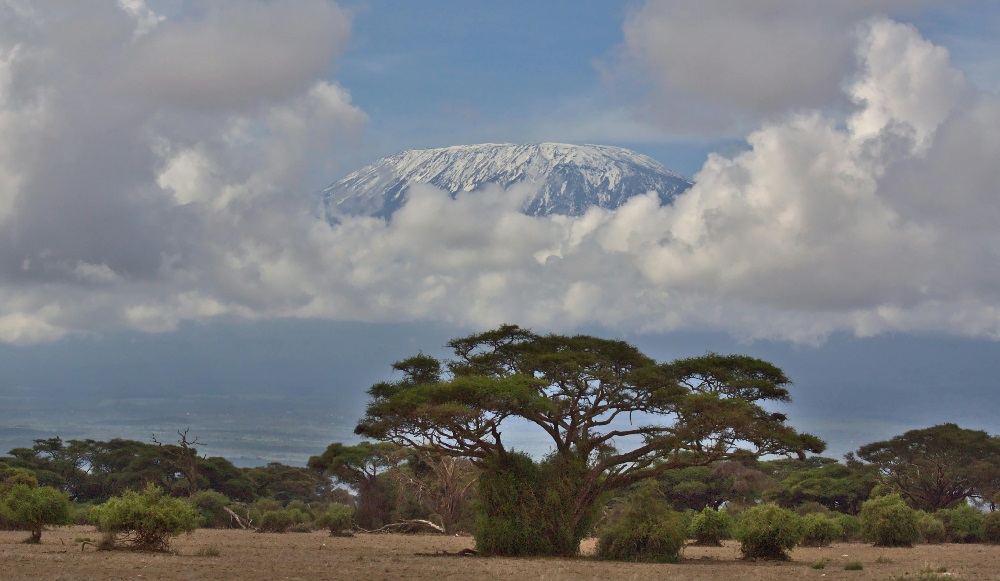When preparing to climb Mount Kilimanjaro, many trekkers think about boots, warm jackets, and snacks for the hike. But one question often surprises people: do you really need a pee bottle? The truth is that Kilimanjaro is an amazing adventure, but it also comes with challenges, especially when it comes to using the bathroom in the mountains. Having a pee bottle is not only practical but can sometimes make your climb much easier and more comfortable. Let’s explore this topic in detail by looking at toilets on the mountain, gear preparation, hygiene, and tips that every climber should know.
What I Wish I Knew Before Hiking Kilimanjaro
Many climbers who finish Kilimanjaro say that they wish they had prepared better for daily challenges like using the bathroom at night or during long hikes. The mountain is cold, especially at higher altitudes, and getting out of your warm sleeping bag at night to walk to a toilet tent can feel like a big struggle. Some camps have basic toilets, but they are not always close to your tent. A pee bottle becomes a lifesaver because you can stay warm, avoid dangerous night walks, and save time. Before hiking Kilimanjaro, it helps to know that small things like this can make a huge difference in your comfort and success.
Are There Toilets on Kilimanjaro?
Yes, there are toilets on Kilimanjaro, but they are not what most people expect. At the lower camps, you may find wooden outhouses or long-drop toilets. These are simple holes in the ground with a small shelter built over them. As you climb higher, the toilets are fewer, and in some camps, they may be far from where you sleep. Many trekking companies also provide portable toilet tents, which are much cleaner and more private. Still, you might not want to leave your tent in the freezing night. That is why a pee bottle is considered one of the best personal items to pack. It gives you freedom and privacy, especially when nature calls at the most inconvenient times.
How Many Pairs of Socks for Kilimanjaro?
When people think about climbing Kilimanjaro, they imagine warm coats and hiking boots. But socks are just as important. On Kilimanjaro, your feet face long days of walking, sometimes six to ten hours at a time. You need dry, warm, and comfortable socks to prevent blisters and keep warm at night. Most climbers bring at least five to seven pairs. Thick wool socks are recommended for summit night, while lighter hiking socks work well for lower trails. But what do socks have to do with pee bottles? The connection is comfort. Just as having enough socks keeps your feet healthy, having a pee bottle keeps your nights comfortable and avoids unnecessary stress. Together, they form part of the small but important details that make your climb enjoyable.
What Happens If You Leave Pee in a Bottle for a Long Time?
A pee bottle should be used with care. If you leave urine in a bottle for too long, it may create strong odors and can be unsafe if spilled. That is why climbers are advised to empty their pee bottles first thing in the morning, away from water sources and camping areas. Some climbers use bottles with secure lids or wide-mouth designs to avoid accidents. A good practice is to mark the bottle clearly so it does not get confused with your drinking bottle. Hygiene is very important on Kilimanjaro, and this small step ensures you stay healthy while protecting the environment.
What Kind of Sleeping Bag Do You Need for Kilimanjaro?
Kilimanjaro nights are very cold, with temperatures sometimes dropping below freezing at higher camps. A four-season sleeping bag is essential to keep you warm. The better your sleeping bag, the less likely you are to want to step outside at night. Imagine being warm inside your bag, only to realize you need the bathroom. Without a pee bottle, you would need to put on layers, walk out in the freezing dark, and lose body heat. With a pee bottle, you can stay warm and continue sleeping comfortably. This shows how having the right sleeping bag and a simple pee bottle work together to give you the best rest possible on the mountain.
How Much Water Per Day in Kilimanjaro?
Climbers on Kilimanjaro are advised to drink at least three to four liters of water per day. Staying hydrated helps your body adjust to the high altitude and reduces the risk of altitude sickness. But drinking more water also means you will need to pee more often. This is where the pee bottle proves its value again. Instead of limiting your water intake out of fear of night bathroom trips, you can drink freely knowing you have an easy solution. Proper hydration is one of the keys to a safe and successful summit, and a pee bottle gives you the freedom to drink enough without worry.
What Gear Do You Need to Climb Mount Kilimanjaro?
Gear is the foundation of a successful Kilimanjaro climb. Besides boots, jackets, and trekking poles, there are smaller items that many beginners forget. A pee bottle is one of them. Your gear list should include: a strong backpack, warm sleeping bag, headlamp, gloves, thermal clothing, water purification tablets, and of course, a wide-mouth pee bottle. The bottle should be sturdy, leak-proof, and easy to clean. Some climbers even bring two bottles—one for emergencies on the trail and another for use at night in the tent. Just as no one would forget boots, experienced trekkers never forget their pee bottle.
How Many Power Banks Are There for Kilimanjaro?
Electricity is not available on Kilimanjaro, so climbers bring power banks to keep their phones and cameras charged. Most trekkers carry two to three power banks for a full seven-day climb. This is important because you may want to take photos at night, check your headlamp batteries, or even use your phone to track your progress. Now, here is a tip: keep your pee bottle separate from your power banks. Always store it on the floor of the tent, not near electronics. Organization is important in the small space of a tent, and a little planning helps you avoid accidents.
What Do You Do If You Need to Pee While Hiking?
Needing to pee during long hikes is very common. On the trail, there are no toilets, so climbers often find a private spot behind rocks or bushes. This is normal and accepted on the mountain. Some climbers carry a portable pee bottle even during hikes, especially women, who may use female urination devices. These tools make it easier to go quickly and privately without leaving the trail for too long. Once again, the pee bottle becomes a simple but powerful tool to solve real problems on the mountain.
What Are the Water Purification Tablets for Kilimanjaro?
On Kilimanjaro, porters usually boil water for climbers, but many trekkers also bring water purification tablets as a backup. These tablets ensure that any water from streams or other sources is safe to drink. Clean water prevents stomach problems, which can ruin a climb. Since drinking enough water leads to more bathroom breaks, a pee bottle completes the cycle. You stay hydrated, safe, and comfortable, all while protecting your body from illness. The combination of safe water and a handy pee bottle keeps you strong for the summit push.
Is It Safe to Reuse a Pee Bottle?
Yes, it is safe to reuse a pee bottle if you clean it properly. Most climbers rinse their bottles with soap and water every morning. If soap is not available, using disinfectant wipes or boiling water can help. A high-quality plastic or metal bottle works best because it does not absorb odors easily. Many climbers dedicate one bottle just for this purpose, ensuring that it never gets confused with their water bottles. Reuse is common and safe as long as hygiene rules are followed.
How Do You Prevent Odors from a Pee Bottle?
Odors can be prevented by cleaning the bottle regularly, using bottles with tight lids, and emptying it quickly in the morning. Some climbers even add a few drops of disinfectant or mild bleach solution to control smells. Another tip is to keep the bottle in a sealed bag when not in use. This keeps your tent fresh and avoids embarrassing moments. By taking these simple steps, a pee bottle becomes a clean, odor-free, and practical tool for the entire climb.
Conclusion: Why a Pee Bottle Matters on Kilimanjaro
Climbing Mount Kilimanjaro is one of the greatest adventures in Africa. It challenges your body, tests your willpower, and rewards you with views from the highest point on the continent. But success on the mountain is not only about strength. It is also about preparation and comfort. A pee bottle may sound simple, but it solves real problems like freezing night walks, long queues at toilets, and frequent bathroom needs from drinking lots of water. When combined with good gear, safe water, and smart hygiene, a pee bottle becomes one of the secrets to a comfortable and successful climb.
If you are planning to conquer Kilimanjaro, make sure you add this item to your packing list. It may turn out to be the small thing that makes the biggest difference.

